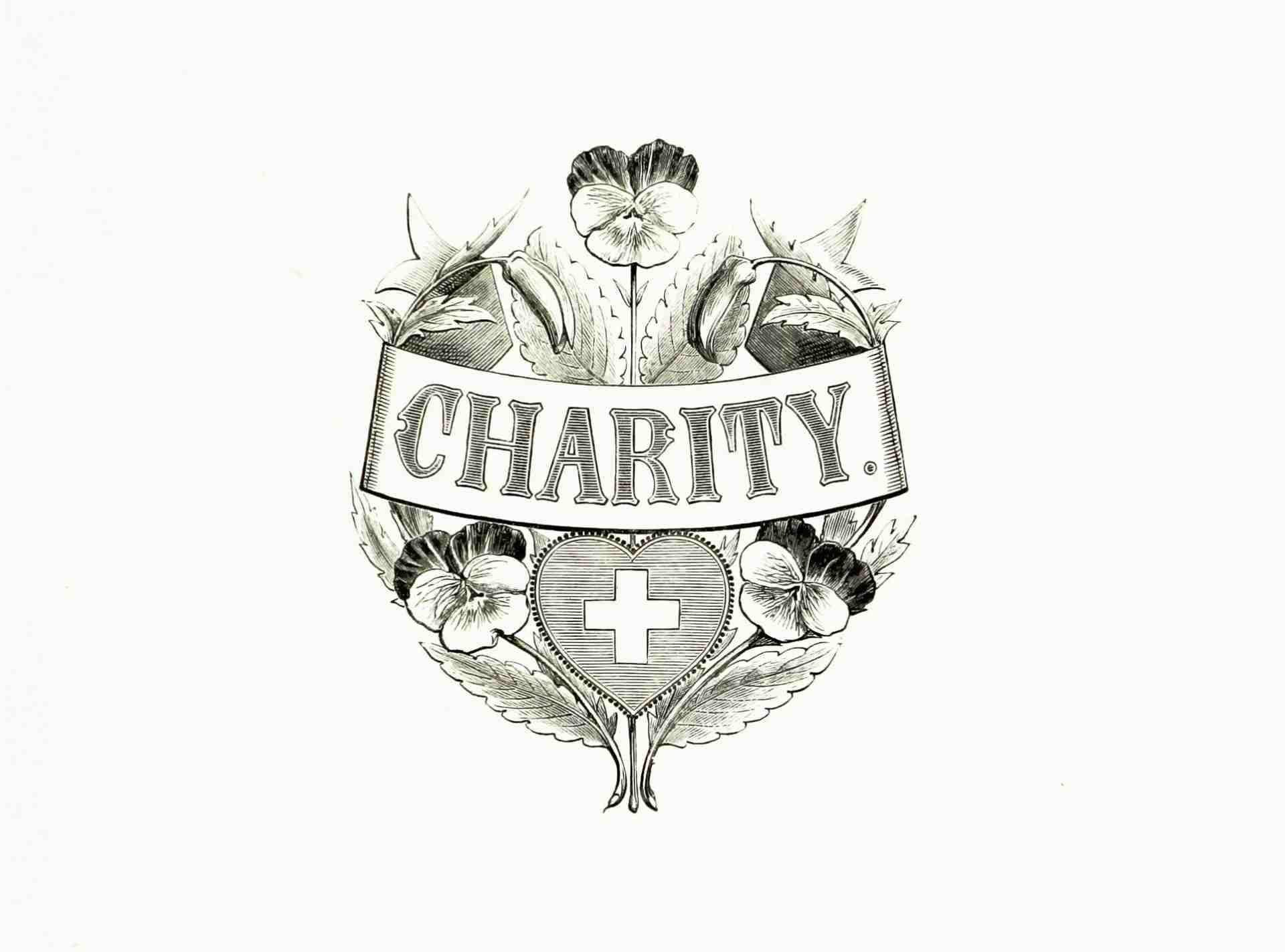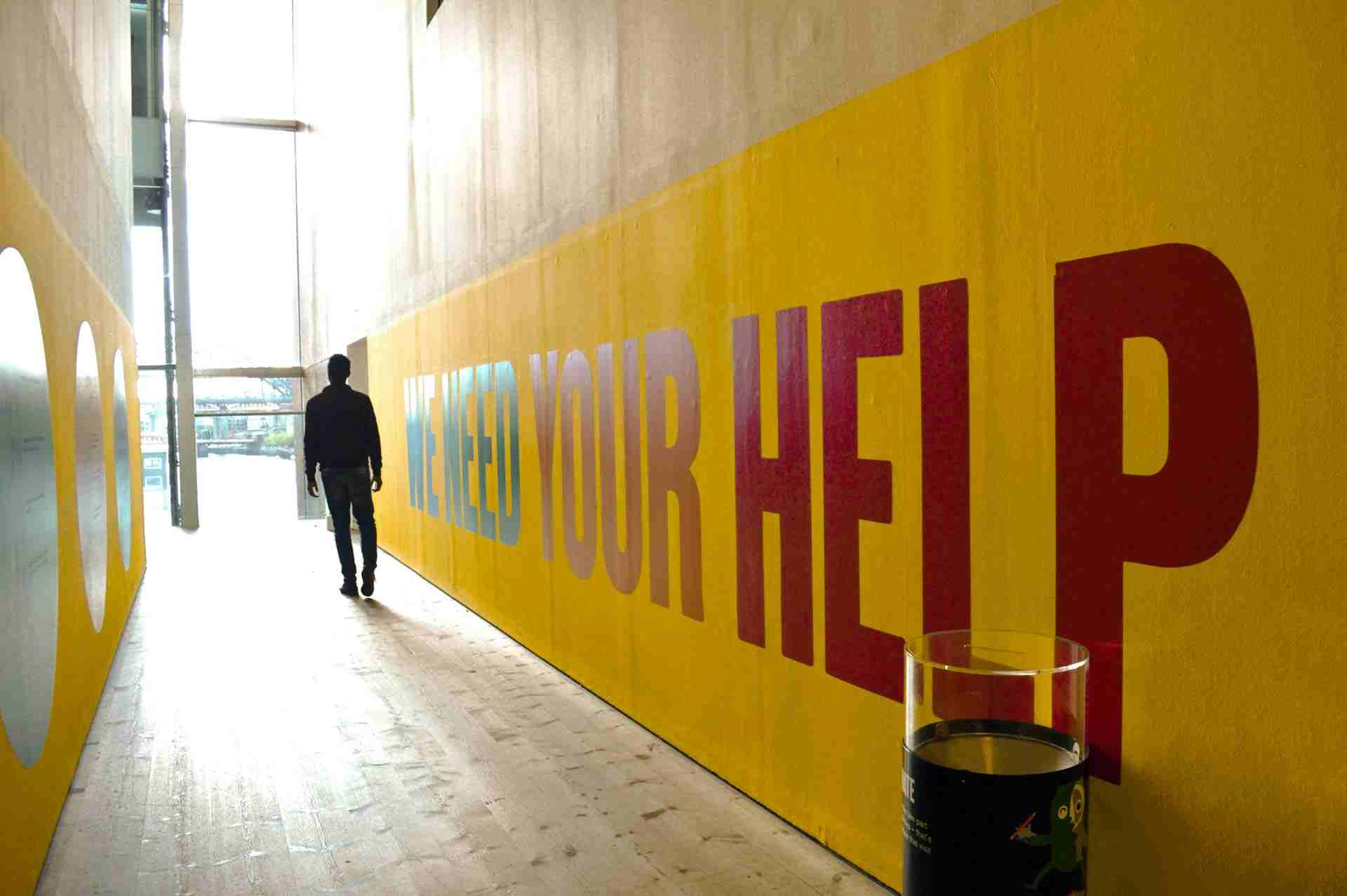Charities provide valuable services to the community, going to bat for those in need, and working for a better world. Still, it can be a struggle to get donations. In this article, we will dive into ten creative ways you can help your charity raise more donations and ensure longevity.
Crafting a Compelling Story to Connect with Donors
There is no better way to raise money than storytelling. Tell them about individuals whose lives have been transformed because you did some good thing. Dream up anecdotes that make your charity look good, tug at people’s heartstrings, and make them want to get into the boat. Show them the difference their donations can make. Explain the problem.
Remember, donors are more likely to give when they can relate to the cause. Tell a compelling story that your audience can relate to, make them feel like part of your charity’s cause.
The easiest and best thing is to specify who it is that the charity has helped. If you just say ‘our charity feeds the homeless’, then you will probably fail to change anyone’s mind. But if you say something like ‘our charity fed Sarah, the homeless single mother who managed to feed her children because of the kindness of donors’, then you are making the work of the charity real to the reader.
Use some images. A compelling picture or film can add depth to your narrative, and let donors see the real people behind your work. It could be the picture of a community project that you support through your charity, or a video of one of the beneficiaries of your charity speaking to camera about how their life has been improved by your work.
Optimising Your Charity’s Website for Donation Conversions
Your website is often the first time potential donors will interact with you and your organisation, so it’s important that your website is designed with donation conversions in mind. Keep your site easy to use and navigate, and include a clear call-to-action button and straightforward navigation. Make the donation process as seamless as possible by requiring no more than three clicks, and ensure you have a secure way to take payments.
Ensure that your site clearly explains your charity’s mission and impact. Use photos and videos that convey the urgency of the situation. Highlight success stories and impact metrics. Include compelling content to boost confidence in donors and ensure that your site is well-designed and content-rich.
For instance, if you are thinking about designing your charity website, then responsiveness is one of the first things to consider because the majority of people are now using their mobile devices and if you want your site to be mobile friendly, then responsive design will make sure that your donors can easily browse your website and give donations even if they are using a mobile phone.
And stories can also be very effective – if used correctly. Tell people’s stories. Tell people about the individuals you have helped with your charity. Create an emotional connection with your audience and they will follow. They will donate to you. Storytelling touches our emotions and can inspire us to take action.
Organising Virtual Fundraising Events
Now, with remote work and social distancing, virtual fundraising events are becoming more common. Tap into this trend by creating exciting, interactive virtual events – from virtual auctions and runs to challenge events, donors can participate from the comfort of their home.
Promote it heavily on your website and social media and make the event sound more than just a fundraising opportunity. It’s about the experience. Also, send out email marketing campaigns to potential donors with all the details about the event and how they can participate and give. Virtual fundraisers really help widen the net on your donor base and reach donors from around the world.
Technical: When planning a virtual fundraising event, you have to think about how to make it as smooth as possible. You need to invest in a good virtual event platform that allows you to live stream, create chat rooms, and securely process payments, among other things. This will also ensure that the event is given a boost and you get larger numbers of people registering and contributing.
Use gamification to add excitement and engagement to your event. For example, you could add opportunities to participate in challenges to the virtual event site, rankings by number of clicks (or donation levels), and awards for the top fundraisers to create a sense of competition that will encourage your donors to donate more to support your cause. Make it fun and associate it with a greater sense of community for a greater chance of success.
Maximising Matched Funding Opportunities
Matching funds programmes are also a good incentive for donations. Engage with local businesses, corporate partners and high-net-worth-individuals to explore opportunities to match donations. It’s easier to give generously when your donation gets doubled, or even tripled.
Make it easy for them to understand the advantages – what exposure and goodwill their company will get from a match with your charity. Build relationships with potential partners. Describe the measurable impact their support will have on your work.
Before approaching potential donors, do some research. Find out what each prospective sponsor cares about and what they have funded in the past. Then, frame your pitch accordingly. You don’t have to change the substance or even the wording of your mission. But by showing that you understand what a potential funder cares about, you support.
In addition to fundraising events and campaigns, consider hosting events or campaigns where your matched funding efforts are specifically promoted. You can run a charity gala or other auction, an online fundraiser with a promise of matched funds up to a certain amount, or other events that help raise funds while also building community and camaraderie amongst your donors.
Creating a Monthly Giving Program for Sustainable Support
Another strategy to supplement one-time donations is to create a monthly giving programme, where supporters agree to make monthly, ongoing donations to the charity. This is a good strategy for securing sustainable revenue. Ask donors to pledge to make monthly donations.
A well-designed communications plan can help make a monthly giving programme more attractive, emphasising the benefits of signing up, such as special updates, access to behind-the-scenes stories, and a feeling of being part of a community. Demonstrating the results of your ongoing contributions will help to build confidence and motivate donors to sign up for regular giving.
When you are setting up a monthly giving program, it’s worth thinking about the different ways in which supporters can give using the program. For example, if you are going to offer supporters the opportunity to give by direct debit, credit card or online payment, then you have to ensure that your system can flexibly accommodate these different kinds of givings. Similarly, if you are going to offer supporters a choice of how much they give each month, you have to ensure that your system can accommodate that level of flexibility.
Supporting relationships with monthly donors is integral to the programme. Sending personalised thank-you notes, special updates on how their donations have made a difference, and opportunities for direct contact with the work of your charity can help your charity build a loyal, caring relationship with its monthly donors, and lead to their staying with your organisation for the long term.
Utilising Peer-to-Peer Fundraising Techniques
Peer-to-peer fundraising: This approach harnesses your supporters’ sense of belonging by mobilising them as fundraisers for your charity. Ask your donors to set up their own fundraising pages and encourage them to tap into their own networks of friends and family to support you.
Equip them with the fundraising tools they need, such as personalised fundraising pages, sample social media posts, and email templates. Acknowledge and recognise your peer-to-peer fundraisers, and make sure they know they are making an impact.
If using peer-to-peer fundraising methods, stay in touch with your fundraising participants so that they feel supported. Send regular updates, provide tips and information, and keep them motivated by sending motivational messages. Create an online community (a discussion board works well) where peer-to-peer fundraisers can interact with each other and share tips and ideas.
Hosting virtual events or webinars for peer-to-peer fundraisers can offer helpful fundraising lessons and tips for improving fundraising successes. You could also feature stories about fundraising efforts that have gone well to boost your fundraisers and motivate them to keep contributing.
Measuring and Analysing Donation Data for Continuous Improvement
It is important to understand the donor behaviour and activities and donor preferences, which can help to improve the efficiency of fundraising activities. Donation data can be tracked as well as stored using a charity CRM system, which will also help to analyse the collected data and provide you with some trends so that you can develop relevant strategies accordingly.
Divide your donor database into segments by criteria such as donation frequency and level, and engagement, so that you can communicate and appeal to different groups of supporters in different ways at different times. Finally, regularly evaluate and optimise your campaigns and strategies, testing every aspect of your fundraising approach to ensure that you are getting maximum return on your fundraising investment.
Regular surveys and feedback sessions with donors can give insight into their motivations and expectations. When you listen carefully to what your donors have to say, your fundraising efforts can become laser-focused and better targeted.
Another important part of your donation data analysis should be assessing whether your fundraising efforts make a difference to the community or cause you support. If you are able to measure the results of your campaigns and initiatives, you can prove to your donors that you are transparent and accountable.
Using a Good Charity CRM
Choosing a good charity CRM system for donor relations and fundraising is crucial. It is a great investment to invest in a CRM platform built specifically for nonprofits to help simplify your processes, improve efficiency, and engage with donors. Selecting the right charity CRM system is crucial for maintaining donor engagement and fundraising. It is a very worthwhile investment to use a CRM software that caters to nonprofits to manage your processes, save time, and better connect with your donors.
Make sure your CRM houses all of this information about donors, records interactions and donation histories, and provides you with intelligence about donor preferences and engagement. A good CRM will help you build strong relationships with donors, communicate more effectively, and increase your engagement and stewardship opportunities.
A good charity CRM can also help you to effectively segment your database of donors based on metrics such as past giving, interests and engagement levels to develop fundraising appeals and communications that speak to different donor segments. This approach can lead to higher rates of donor retention and acquisition, and a more sustainable model of fundraising for your charity.
By connecting the CRM system to other tools and platforms (eg, email marketing software, online donation platforms), you can create an experience for your donors that is designed around their overall giving experience, rather than a series of fragmented administrative touchpoints. Even things like automated donation acknowledgments, event registrations and thank-you notes can be automated to free up staff time for cultivation and strategically planned fundraising.
Building Strong Relationships with Corporate Partners
You can benefit from working in partnership with corporate partners who share your values and are interested in promoting your work and collaborating with you. Search for companies that share your values and ask them if they’d be willing to work with you.
Cultivate bespoke plans that showcase your charity’s relevance and worth by highlighting the benefits to the partnership, such as brand exposure, employee engagement opportunities, and positive public relations. Keep them posted with regular updates on the impact of their support and look for opportunities for engagement outside of financial contributions.
If you’re thinking of approaching a corporate entity as a potential partner, it might be useful to spend some time researching the organisation’s corporate social responsibility programme and understanding the extent – and nature – of the philanthropy it has already committed to. That will help you craft a proposal that ties your charity’s work to the company’s CSR objectives.
This might include developing links with key personnel in the corporate partner’s organisation. Relationships, both based on shared values and mutual trust, can go a long way in encouraging long-term partnerships that span beyond purely transactional relationships. Why not invite them to your charity’s projects or get them to do some hands-on voluntary work to build up their familiarity and affinity with your cause?
Engaging Donors through Personalized Thank-You Messages
Appreciating and acknowledging donors is key to maintaining relationships with them over the long term. Rather than sending generic thanks-yous, you can send a personalised message for each donor.
Speak from the heart, letting donors know how their gift has made a real difference, telling them the stories of those whose lives have been changed because of their giving. Donor recognition events such as virtual Zoom gatherings or social media shout-outs can likewise play a role in building a sense of donor recognition and appreciation.
Growing a healthy relationship with your donors is very similar to growing a garden: it takes cultivation, care and personalisation. Donors are different, and they have different interests and reasons for giving. If you take the time to learn more about what matters to them, you can create thank-you messages that will connect with them in a way that feels personal and important.
Adding multimedia content to your thank-yous – from videos detailing how a gift made a difference to testimonial videos featuring those who benefited from donations to interactive graphics demonstrating the impact of a gift – can help engage donors at a more intimate level.
In summary, to increase charitable donations, you need to combine all these strategies at once: Build stories that resonate with your followers Optimise your website Create virtual events Take advantage of matched funding programmes Build a monthly giving programme Use peer-to-peer fundraising, measure donation data, use a good charity CRM, build relationships with corporate partners, and send personalised thank-you messages to your donors. Establish relationships with your donors and engage them in order to keep your charity going in the long run and to enable you to do more good for the people you serve.



